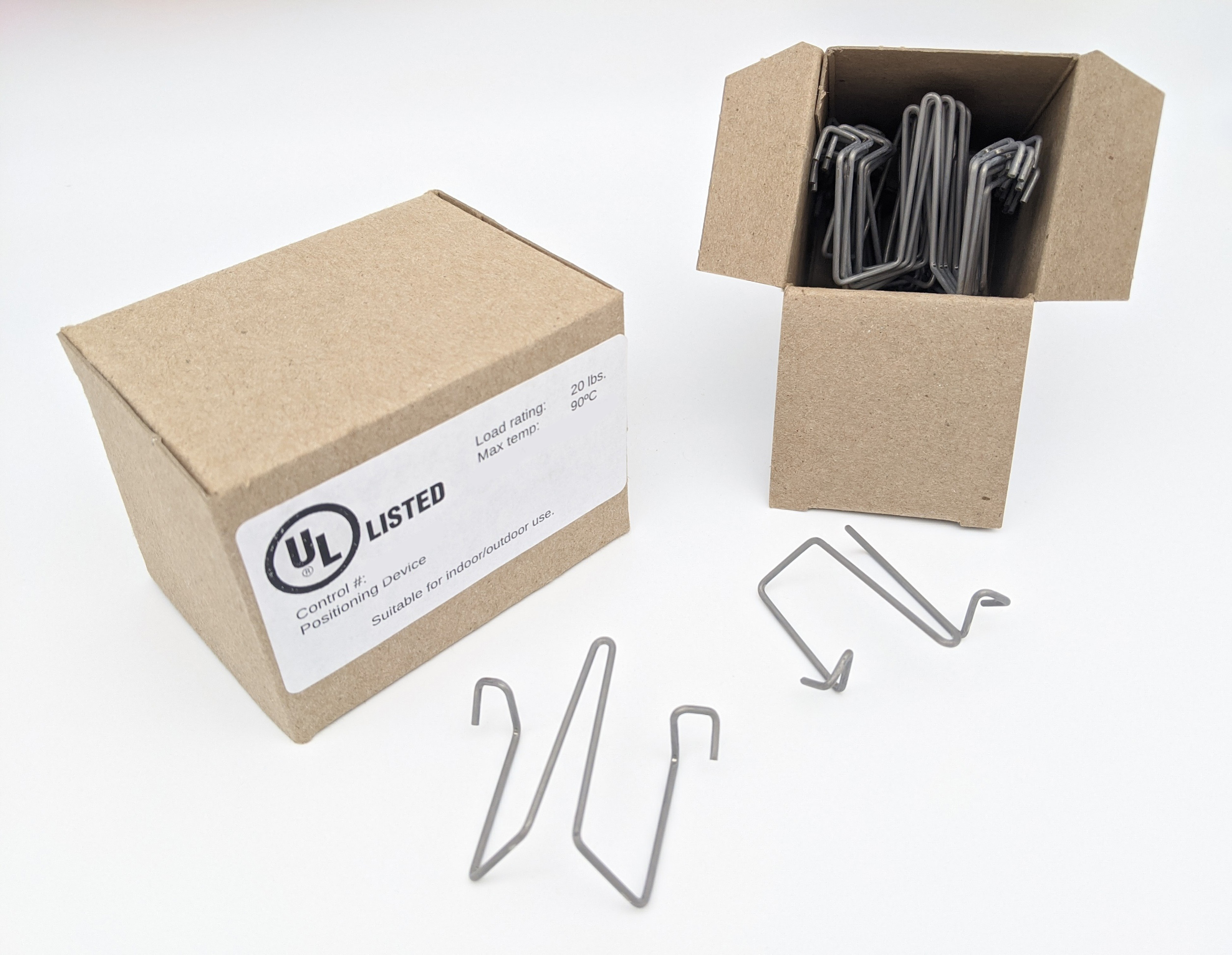Get unique, complex parts easily. No matter your requirements, Chaoyi Spring creates hard-to-produce coil springs and wire forms.
Let us help you create the custom wire form you need, from S-hooks and J-hooks to utility hooks and more.
We work closely with customers across a wide range of industries, helping them design and manufacture made-to-order parts.
Why choose Chaoyi Spring? We prioritize customer-focused collaboration, modern equipment and the latest technology to make your parts per print.
Find the information and guidance you need, from measuring a spring to learning about materials, placing an order and much more.
Have you ever wondered how much a spring will compress when you drop a stone on it? It's a question that sparks curiosity, and the answer lies within the fascinating


Have you ever wondered how much a spring will compress when you drop a stone on it? It's a question that sparks curiosity, and the answer lies within the fascinating world of physics, specifically the interplay between force, mass, and elasticity. This article delves into the science behind spring compression, exploring how the weight of a stone, the spring's properties, and even gravity itself all play a role in determining the final compression distance. We'll journey through the key concepts, including Hooke's Law and potential energy, to unveil the secrets of this seemingly simple yet intricate interaction.

Understanding how far a stone will compress a spring requires us to delve into the fundamentals of physics. At its core, the compression is governed by a principle known as Hooke's Law, which states that the force exerted by a spring is proportional to its displacement from its equilibrium position. In other words, the harder you push on a spring, the more it compresses. This relationship is represented mathematically as F = -kx, where F is the force, k is the spring constant (a measure of the spring's stiffness), and x is the displacement.
Now, let's consider our stone. When the stone falls onto the spring, it exerts a force due to its weight. The weight of the stone is determined by its mass and the acceleration due to gravity (approximately 9.8 m/s2). The force exerted by the stone on the spring, therefore, is equal to its weight, which is calculated as F = mg, where m is the stone's mass and g is the acceleration due to gravity.
The compression of the spring occurs until the force exerted by the spring (kx) becomes equal and opposite to the force exerted by the stone (mg). At this point, the system reaches equilibrium, and the stone comes to a momentary stop before potentially bouncing back up due to the spring's restoring force.
So, how can we determine the exact compression distance? It depends on several factors:
The equation that relates these factors to the compression distance (x) can be derived by setting the spring force equal to the stone's weight:
kx = mg
Solving for x, we get:
x = mg/k
This equation tells us that the compression distance (x) is directly proportional to the stone's mass (m) and the acceleration due to gravity (g), and inversely proportional to the spring constant (k). In other words, if you increase the stone's mass, the compression will increase. If you increase the spring constant, the compression will decrease. And if you increase the strength of gravity, the compression will increase.
Beyond the static compression, it's crucial to consider energy dynamics. As the stone falls, it possesses gravitational potential energy due to its height above the spring. This potential energy is converted into kinetic energy as the stone falls, reaching maximum kinetic energy just before it strikes the spring.
Upon impact, the spring absorbs this kinetic energy and stores it as elastic potential energy. As the spring compresses, the kinetic energy of the stone is gradually transformed into potential energy stored within the compressed spring. If the stone is allowed to bounce back up, the elastic potential energy is converted back into kinetic energy, propelling the stone upwards.
The simple act of a stone compressing a spring has far-reaching applications, from everyday objects to advanced technologies.
Understanding the interplay between spring compression, force, and energy is essential for designing and optimizing numerous mechanical systems, from everyday objects to complex machinery.
In conclusion, the distance a stone compresses a spring is not merely a result of simple force; it's a harmonious interplay of physics principles. The stone's mass, the spring's stiffness, and the force of gravity all come together to dictate the compression distance. By applying Hooke's Law and energy conservation principles, we can accurately predict and understand this seemingly simple yet profoundly intricate interaction. The next time you see a stone bouncing on a spring, remember the scientific symphony that unfolds behind the scenes.
Browse some of the custom wire forms and springs that we manufacture. Don’t see what you need? We specialize in made-to-order products that meet your application requirements.
Visit Our GalleryNeed a custom wire form or coil spring? We make it work. Fill out the contact form and a representative will respond within 1 business day. If you have a PDF or CAD file, you can submit to request a quote.